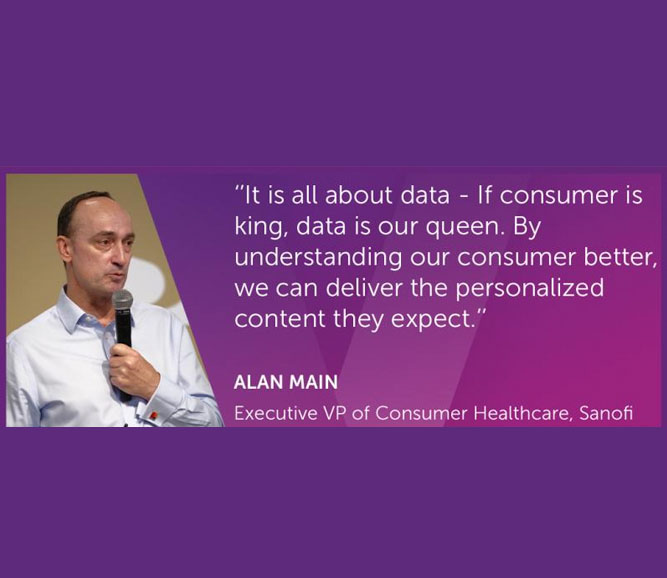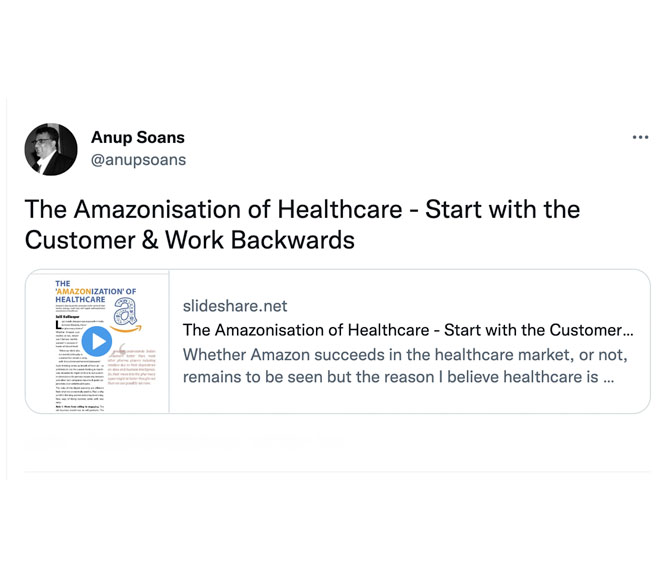A big myth about digital transformation is that it is all about technology. It is not.
First, it is about thinking about how the business can grow faster and scale greater than it ever could in the past. It helps us to think of the true nature of technology.
Second, it is about taking a step back to analyze why that is so.
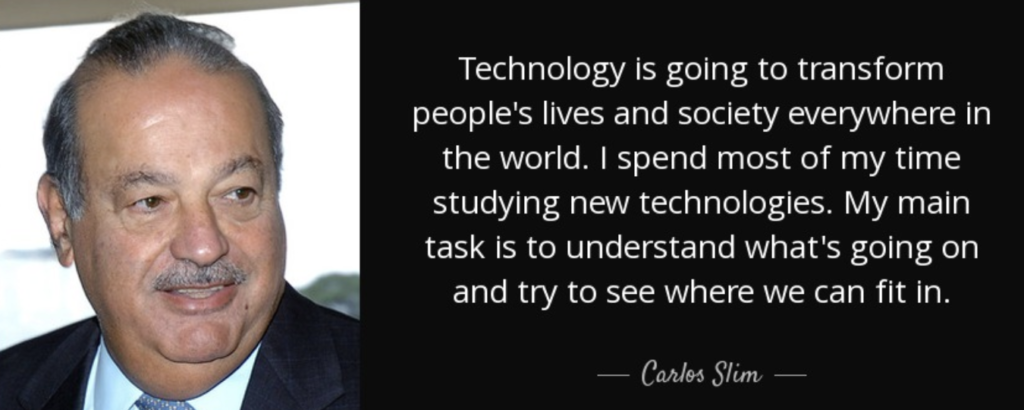
Technology: Transforming the world
Whenever technology enters an industry, it does two distinct things: one, it lends an ability to scale exponentially and two, it drops the cost of scaling. The cost of serving exponentially more customers than we ever could is marginal.
Look at how the world reached where it is today. The world today is richer and more advanced than it ever was in history. All of this happened only in the last 200 years and the last two centuries has been fascinating! Technological inventions impacted two crucial sectors – communication and transport – essential for growth and wealth creation.
A message carved on stone could be read by a few dozen people at most. But as the printing press morphed into the internet, voice and video over cheap smartphones have made it brilliantly easy to distribute messages around the world in real time. And here’s the best part: the cost of distributing that information is almost zero!
The same is true of transportation. It is far easier and a lot cheaper to travel around the world today, than it was a couple of centuries ago.
This is how technology transforms the world.
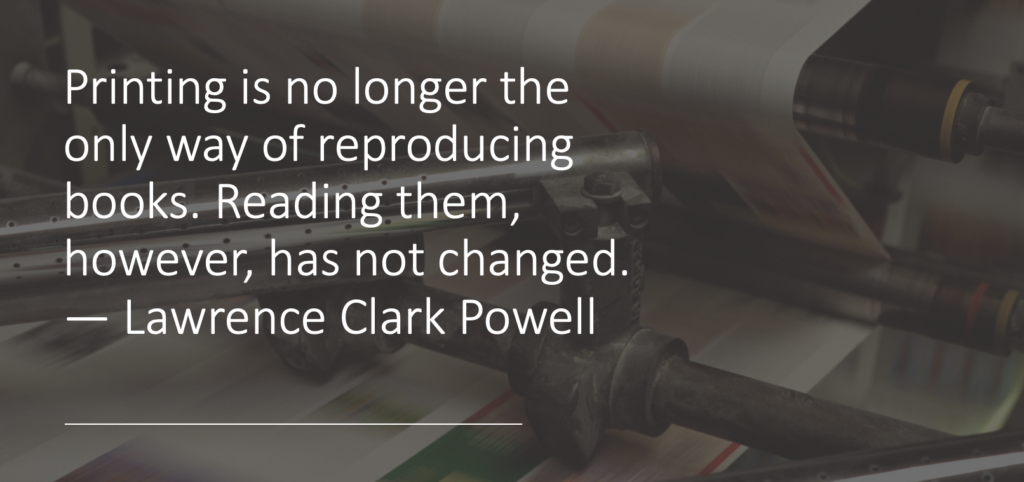
Pharma industry and Digital Adaptation
So, how do we look at technology entering the world of drugs and diseases? And more specifically how must the pharma industry adapt?
Most pharma executives seem to think of digital as ‘just another channel’ and seek to convert offline marketing tactics to the online world. Unfortunately, that can backfire. Prithwish Banerji, Sr. Director & BUH, Cipla, says “The whole idea of copy pasting offline marketing methods online is a folly which leads to an unending cycle of run of the mill digital campaigns, further leading to repeated mistakes with no desired visible outcomes. Insight mining on understanding the digital behavior; preferences and savviness of the HCP; needs to be the first step. Digital behavioral segmentation should follow suit.”
This is not to say that pharma is doing nothing right. Some of the more popular digital work adapted by pharma companies are a series of webinars, online conferences, the creation of tele-detailing forums that facilitate physician and patient engagement. “(An) extreme situation arising out of the pandemic has forced a behavior change in HCPs. A change which has led them to adopt & adapt to digital methods for interaction with their patients and the industry. The inertia of change being over this change can act as a catalyst if the industry is serious in using technology to scale up services & disease management solutions for both patient & HCPs,” says another senior pharma executive.
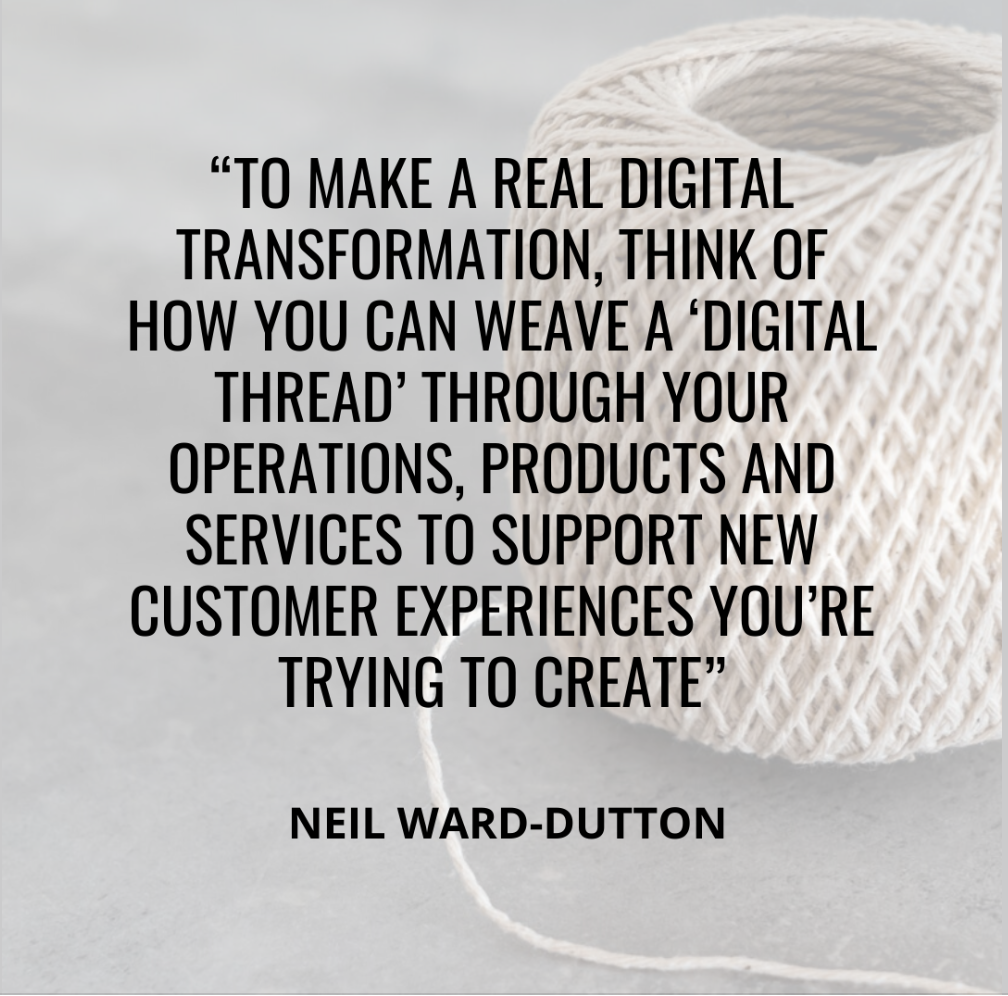
Creating value for customers through digital marketing
One is optimistic about the pharmaceutical industry. While it is labelled a laggard in adopting digital marketing, it is ahead of the curve in terms of digitizing its operations to vastly improve its efficiency and impact its bottom line positively.
The true potential of digital transformation, however, is realized in its sustainability in creating value for customers. That is the true reason for a company to exist. Therefore, collating knowledge and skill acquired while improving operational efficiency and considering how to migrate it to create enhanced value and experience for customers, will be vital for the future. “As we are learning through our experiences, we are now able to use communication technologies. We are at the verge of realizing that the dissipation of relevant knowledge to HCPs and patients not only has enhanced patient outcomes but also positively impacted profits and value perception among all stakeholders,” says a senior pharma executive leading Commercial Excellence for the last 20 years.
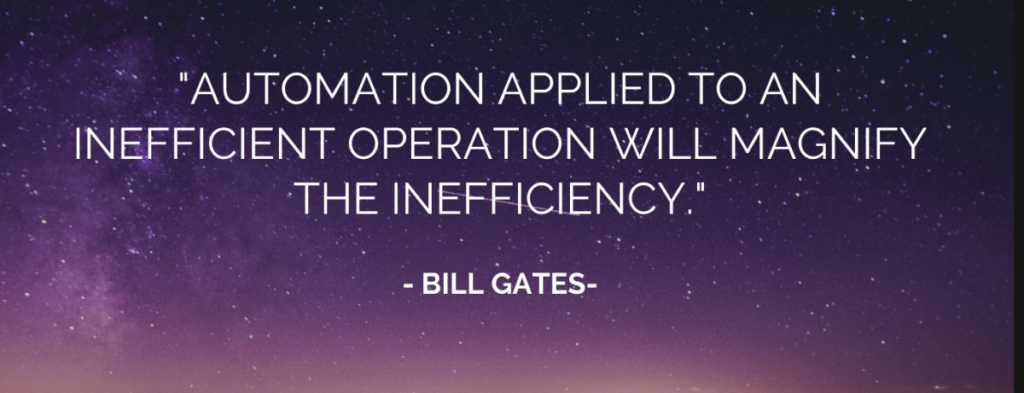
When speaking of digital and creating value, the fact be underscored that digital requires commitment and efforts there must be consistent. Marketers must be clear about what they want to achieve through digital marketing initiatives. Limited or having no clear vision around why something is being done and with what purpose create a huge gap in expectations.
“The ‘check-box mentality’ around digital has been changing in the pharma industry. The medium has been evolving and gaining a foothold among pharma marketers. At this point, it is essential for marketers to understand well the digital touchpoints of physicians and accordingly build strategies so that right messages are pushed to them on the right channels at the right time. Knowing what they are aiming to achieve through digital marketing campaigns and implementing right strategies will help marketers achieve desired results,” says Harshit Jain MD, Founder and Global CEO of Doceree.

Two important areas to focus upon and consider the role of digital transformation will be
- Relook business models
- Consider the ability of business models to create customer value
These are areas where pharma sees the gravest threat of competition. Another pill maker isn’t as much a threat to a pharma company as a creator of value beyond the pill. It is high time, therefore, that pharma must redefine its customers and reconsider its business model. “In present times, ‘beyond the pill’ is not a futuristic strategy anymore. It is a quintessential component of the business. It is to be understood that a well-informed patient, complies with adherence to treatment. Better adherence to treatment indeed is the biggest business lever with highest consequential ROI.,” adds another pharma professional.
Only when this is done, will the true realization for the need to transform arises. Companies will realise that technology offers not just many new ways to create sustainable value for its customers but will also significantly bring down the cost of doing so.
This will be the true digital transformation for the pharmaceutical industry.
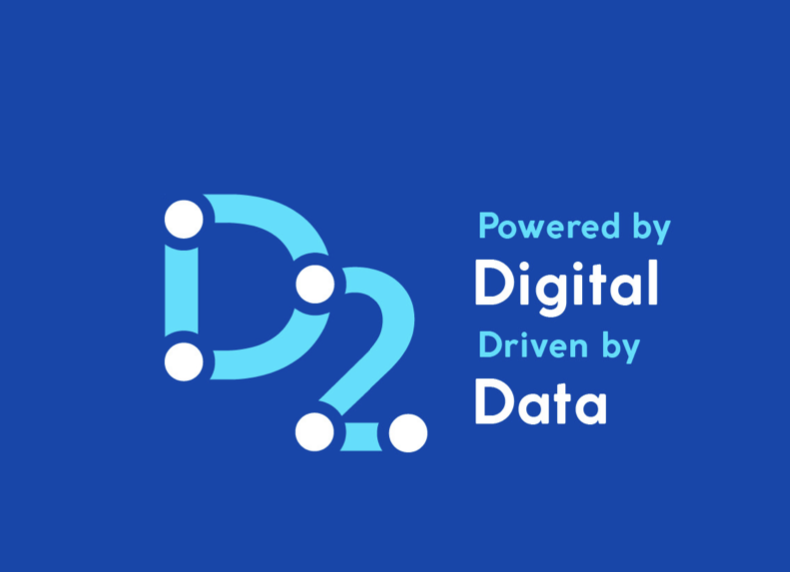
In our next post, we will discuss the various enablers and barriers for transformation. Please register on https://www.doitwithdata.co/ to receive a series of blog posts, podcasts, videos of panel discussion and many more such interesting content on digital transformation.
